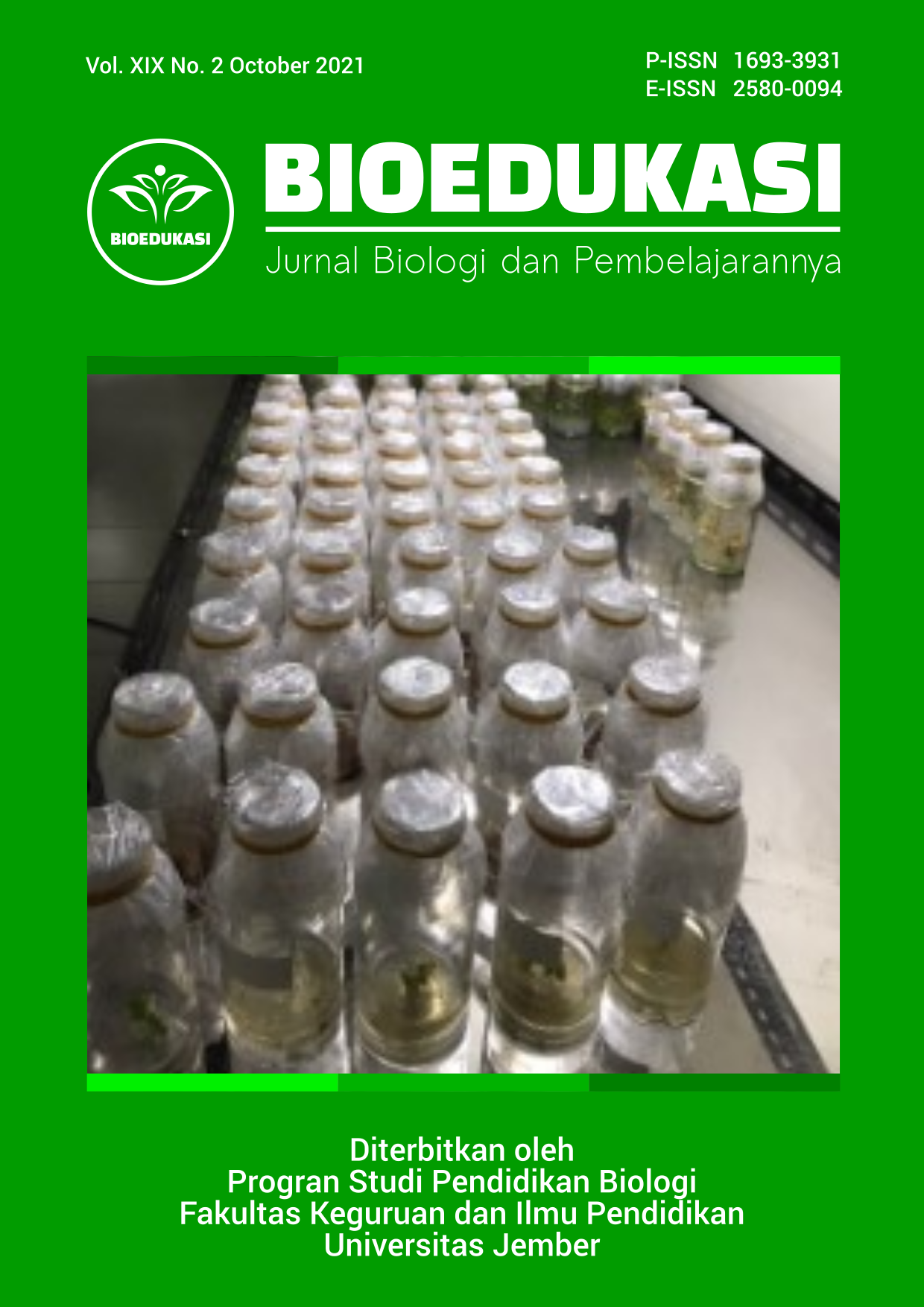ESCHERICHIA COLI BACTERIA DETECTION IN DRINKING WATER DEPOTS BUNGO DISTRICT
Abstract
Water is a very important component in life, such as the use of water as drinking water, all living things, both humans, animals, and plants, need water. Part of the human body consists of fluids, so water helps the body to work to carry nutrients from the stomach to all parts of the body. So that a hygienic water source is needed, through a processing process first until the water meets health requirements. The purpose of this study was to detect the presence of Escherichia coli bacteria in drinking water depots in two sub-districts in Bungo Regency, namely (Rimbo Tengah, Pasar Muara Bungo). The test was carried out at the Fish Quarantine Station and Quality Control Laboratory of Class 1 Jambi. Direct sampling with sterile bottles. The sample testing method uses the Most Probable Number (MPN) test with SNI ISO 9308-1:2014. Direct sampling with sterile bottles. The sample testing method uses the Most Probable Number (MPN) test with SNI ISO 9308-1:2014.
References
Irianto, K., K. Waluyo. 2004. Nutrition and Healthy Lifestyle. Bandung: Yrama Widya.
Hanafi. 2011. Analysis of Physical and Chemical Properties of Water. Research Results Report. Kupang: Biology Education Study Program, MIPA Education Department, FKIP Muhammadiyah University of Kupang.
[KEMENKES] Regulation of the Minister of Health of the Republic of Indonesia Number 32 of 2017 concerning Environmental Health Quality Standards and Water Health Requirements for Sanitary Hygiene, Swimming Pools, Solus Per Aqua, and Public Baths.
Restina, D., M.R. Ramadhian, T.U. Soleha, E. Citizen. 2019. Identification of Escherichia coli bacteria in PDAM water and well water in Gedong Air Village, Bandar Lampung. J Agromedicine. 6(1).
Suryana R. 2013. Analisis Kualitas Air Sumur Dangkal. Fakultas tehnik universitas Hasanuddin: Makasar.
Susana T. 2003. Air sebagai sumber kehidupan. Oseana. 28(3): 17-25.
Trihono. 2010. Water quality and public health. results of Basic Health Research (Riskesdas). Agency. Health Research and Development Ministry of Health RI. (1): 351-77. Tanto C. 2014. Kapita selekta kedokteran essentials of medicine IV. Jakarta: Media Aesculapius. 65–9.
Priyono D. 2011. The role of water in the spread of balaba disease. 7 (1). 27-28.
Daughter, A.A. 2013. Analysis of the bacteriological quality of Escherechia coli in drinking water depots in 2013 in Pasuruan Regency, East Java. Jember University Repository.
Regulation of the Minister of Health of the Republic of Indonesia No: 492/Menkes/Per/IV/2010, Drinking Water Quality Requirements, Minister of Health, Jakarta, 2010.
[WHO] World Health Organization. Readings on diarrhea a student manual. Geneva.

This work is licensed under a Creative Commons Attribution-NonCommercial-NoDerivatives 4.0 International License.









 https://orcid.org/0000-0003-1920-0515
https://orcid.org/0000-0003-1920-0515
